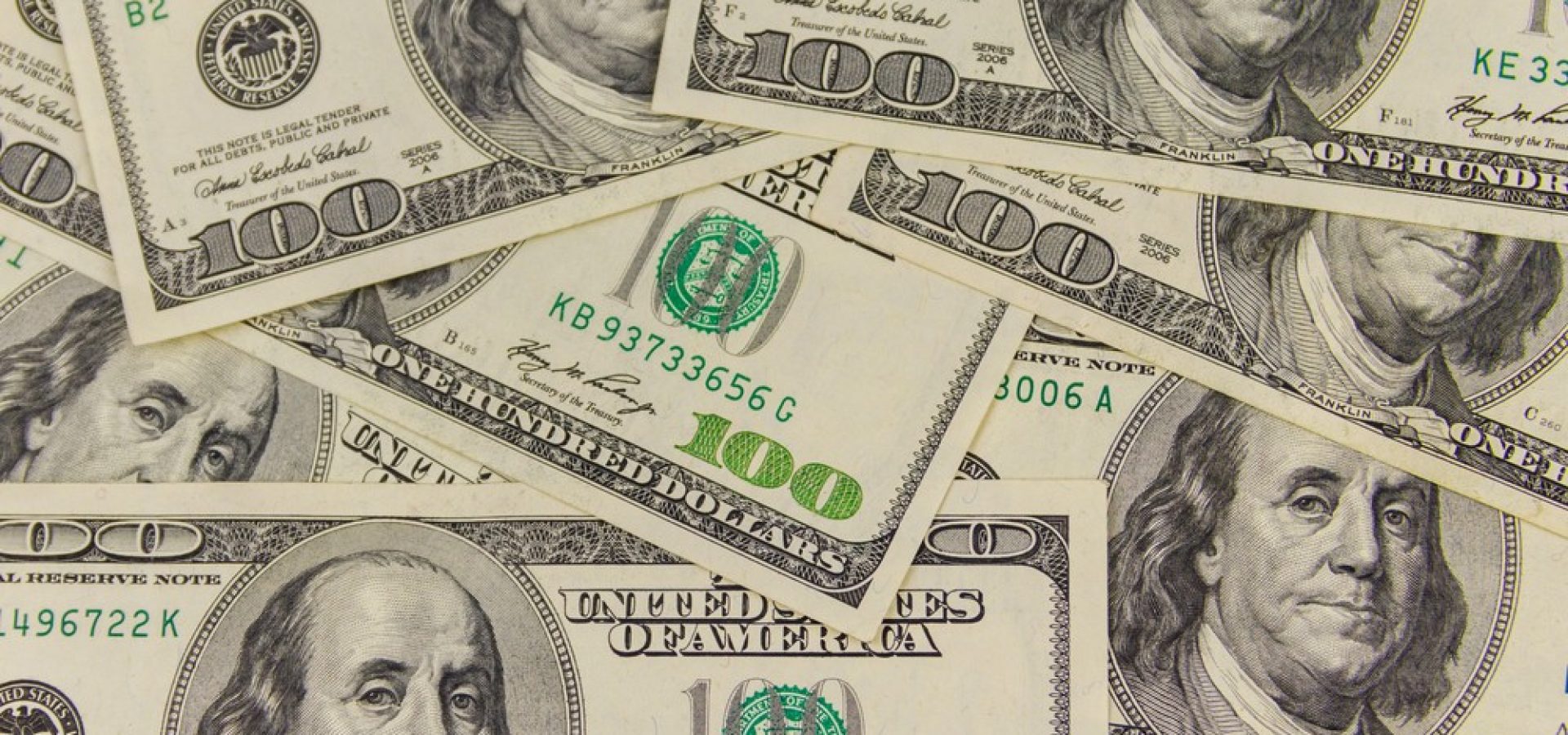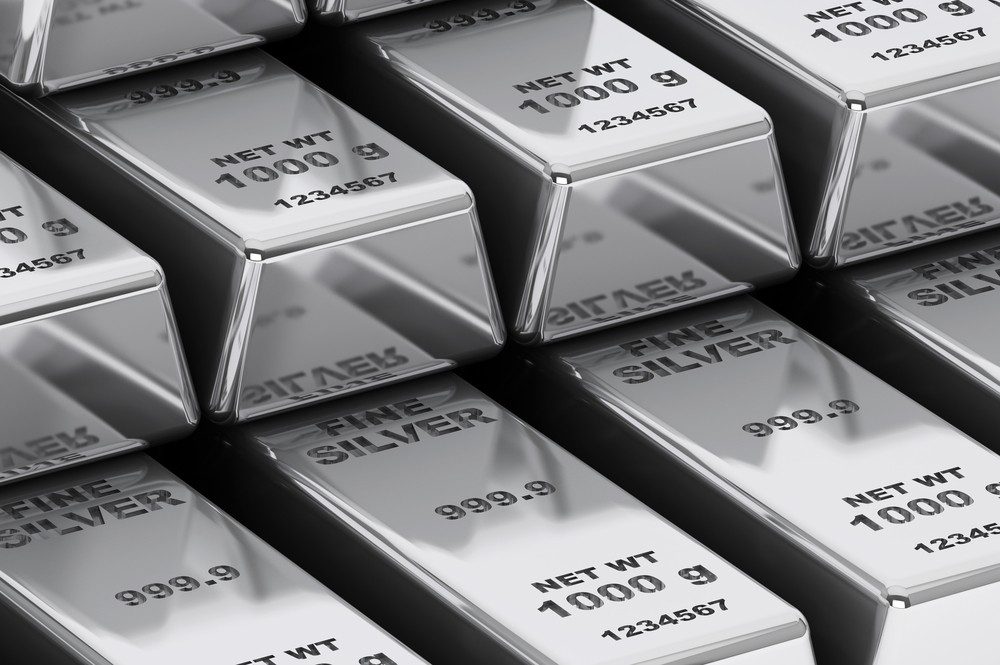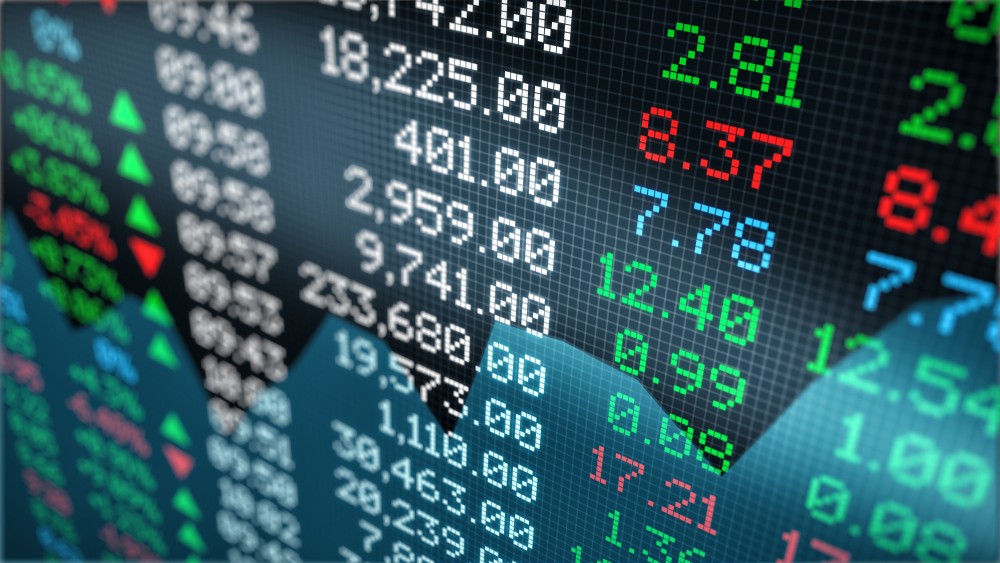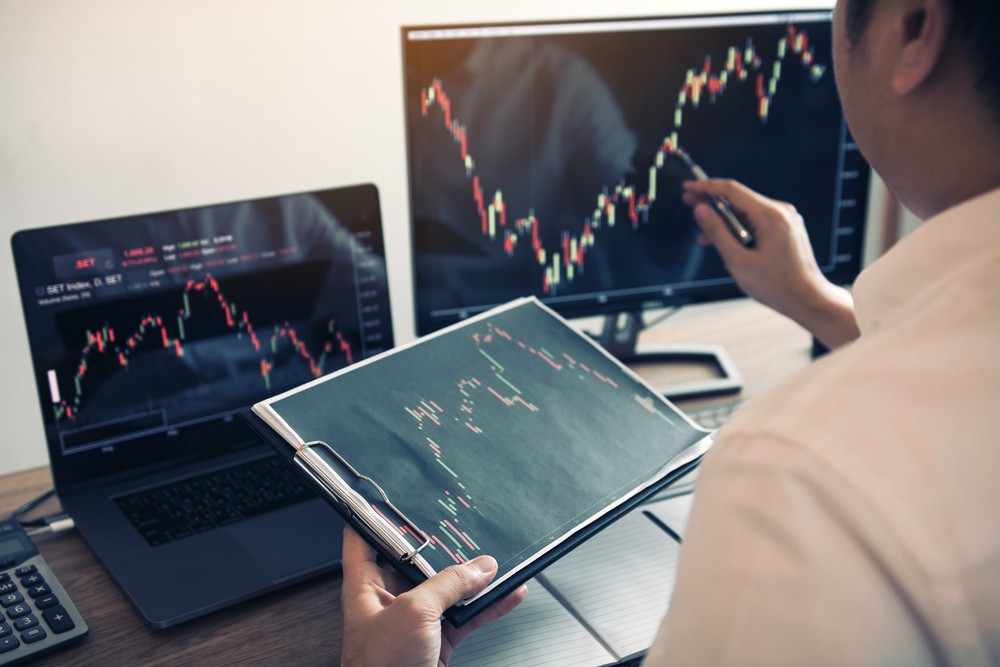The dollar hit a six-week high as strong U.S. economic data led traders to bid for higher interest rates.
Fewer Americans filed new claims for unemployment benefits last week than expected. Monthly producer prices rose the most in January in seven months.
The Fed’s target range is currently 4.53% to 4.76%, with a sharp increase from 0% to 0.26% in March 2022.
The euro fell 0.39% to hit its lowest level since January 6 at $1.064.
The Fed is now free to sound as dovish as it wants because the data has been so strong.
Economists at Goldman Sachs on Thursday raised their expectations for a Fed rate hike this year.
Having previously expected 2 more, they told clients that they now expected three consecutive 25bp hikes in March, May, and June “on the back of strong growth and stronger inflation news.” This would take rates from 5.26% to 5.52%.
Currencies
Against the Japanese yen, the dollar rose 0.86% to 135.07, its highest level since December. It was for a weekly gain of about 2.82%, its biggest gain since June.
Japan’s government has chosen academic Kazuo Ueda as its new central bank chief, Finance Minister Shunichi Suzuki said on Friday. He’s expected to help with inflation and growth, and maintain both economic and wage growth.
Sterling fell 0.46% to $1.194, its lowest since January 6. This was despite British consumers unexpectedly increasing their shopping in January.
The Swiss franc also caught the dollar’s rise. The dollar rose 0.78% to 0.934 francs, its highest since mid-January.
Benchmark U.S. Treasury yields rose as investors raised expectations about where interest rates will end up. Benefits change prices in reverse. The two-year U.S. Treasury yield hit a more than three-month high of 4.717% on Friday.
Officials from the European Central Bank (ECB) also explained that they expect an increase in Eurozone rates.









COMMENTS